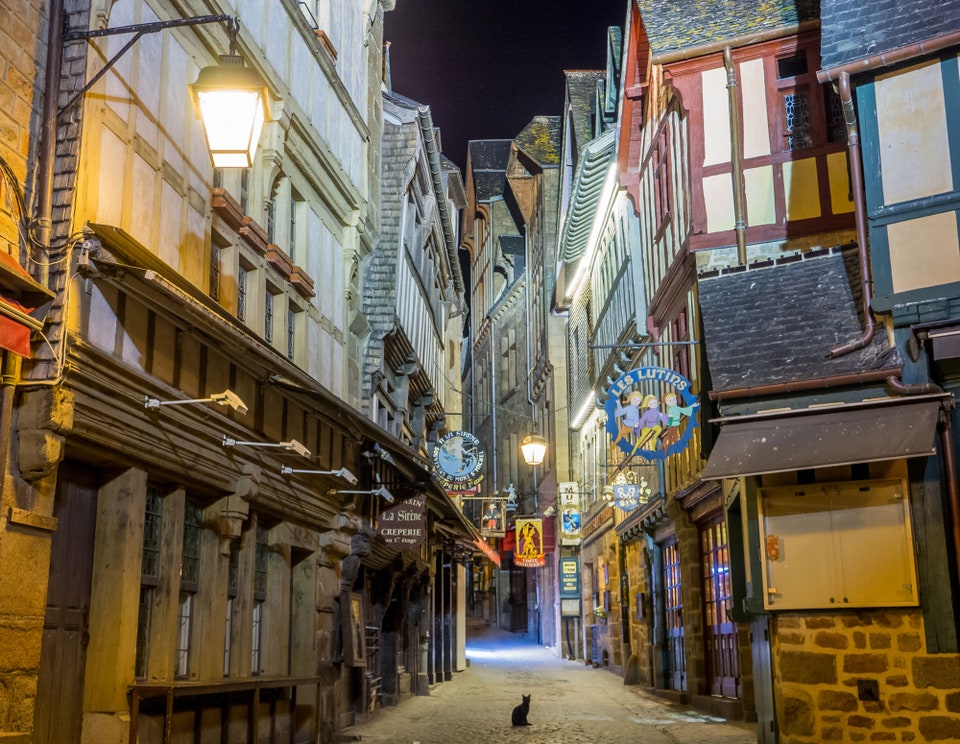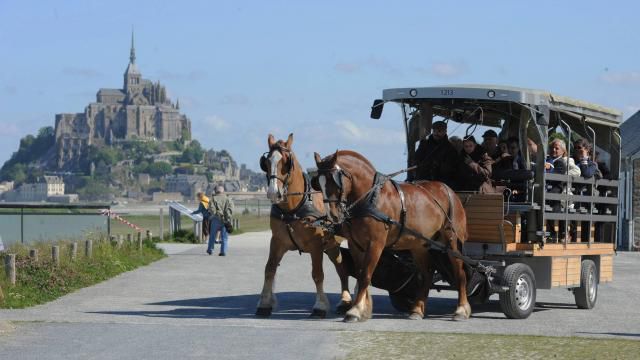Mont Saint-Michel, located in Normandy (France), has a peculiarity of being a rocky islet surrounded by a wonderful bay, the scene of the largest tides in Europe. In 1979 it was declared a World Heritage Site by UNESCO. It hides a majestic abbey, one of the most extraordinary on the planet.
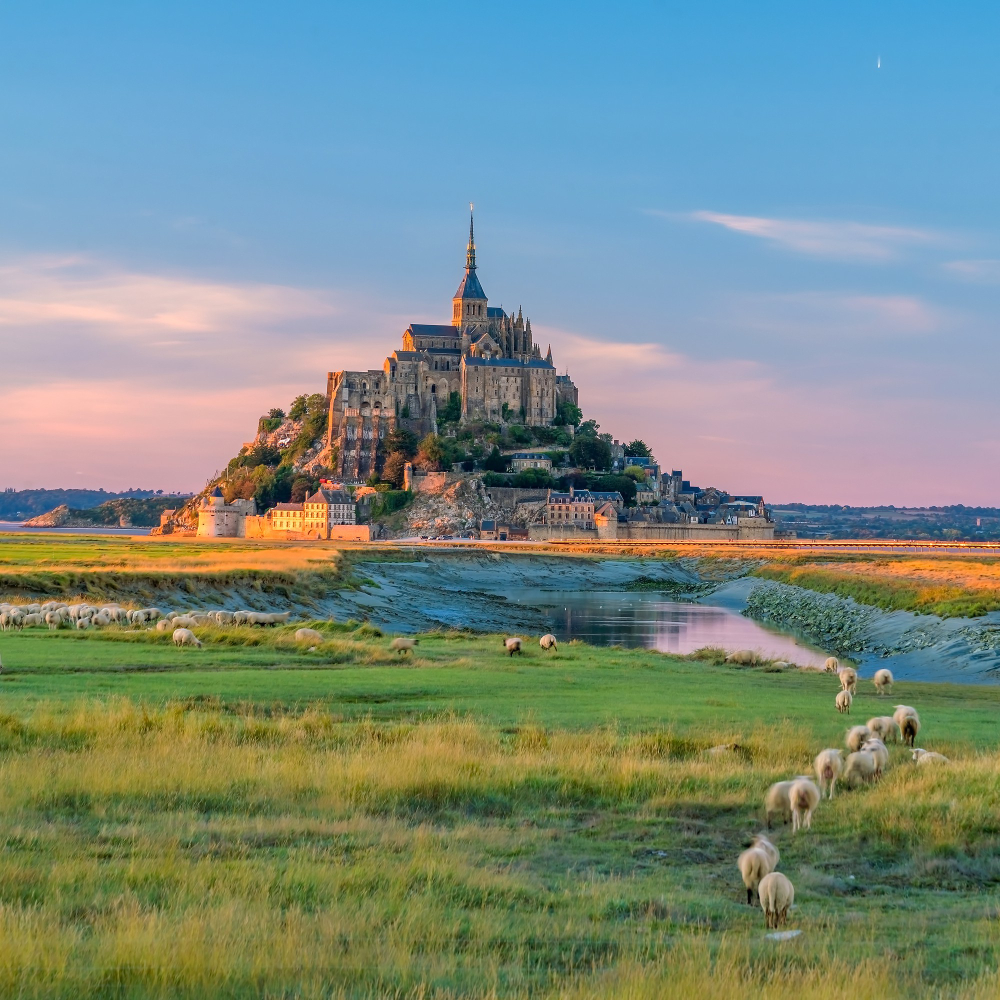
The architecture and its bay make it the busiest tourist site in Normandy and one of the first in France.
In this wonderful place you can enjoy one of the most impressive shows that nature offers us, which are its tides. Some days of the year the coefficient of the tide exceeds 110 and the Mount becomes an island for a few hours, without access to the mainland.
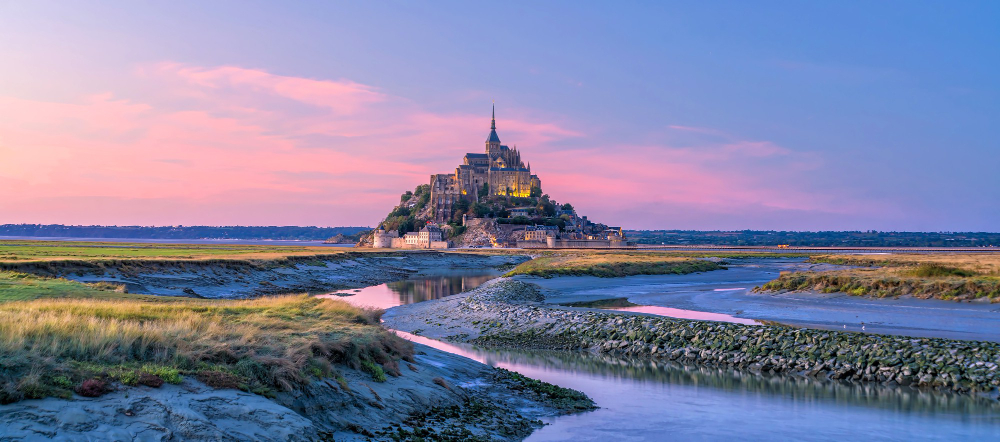

Mont Saint-Michel tides
The spectacular tides that you can see measure up to 14.5 meters in height and occur twice a day. For centuries it was only accessible by land at times of low tide and by sea when the tide was high. Now, it can be accessed at all times thanks to the road that leads to the foot of the rock.
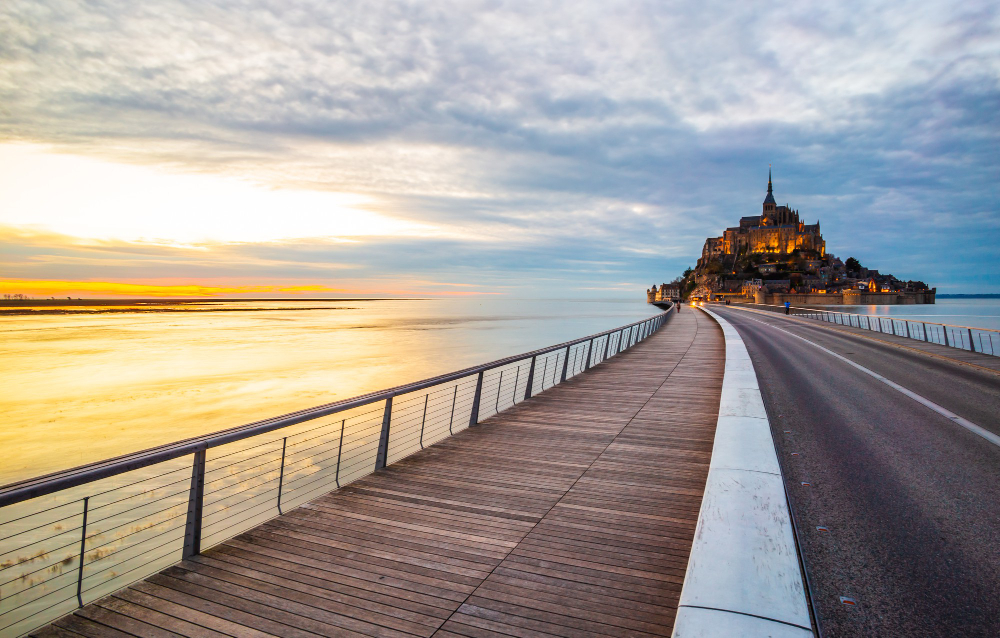

The best time to enjoy this phenomenon is at sunset, although for that reason you would sacrifice the entrance to the interior of the abbey. Watching the sunset from the towers of the wall is quite a spectacle.
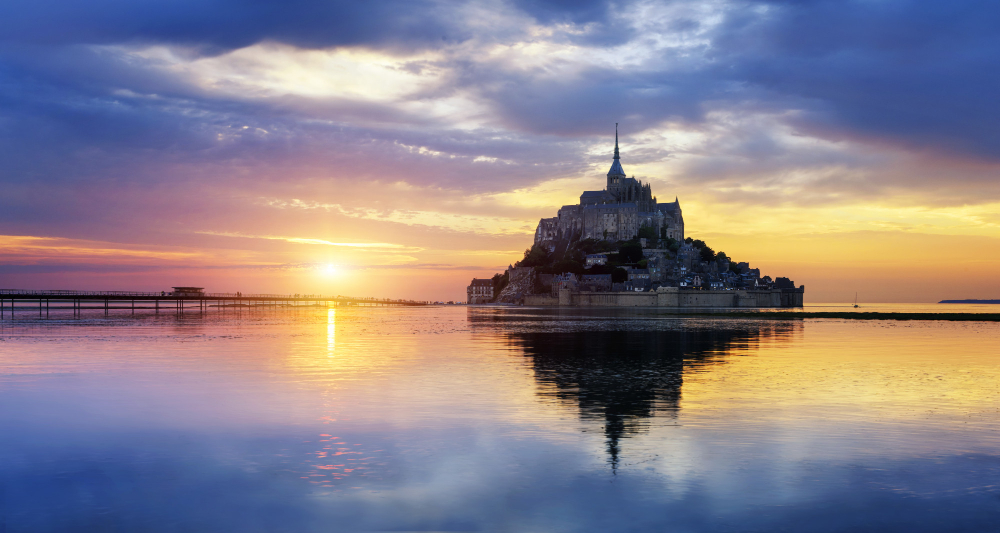

You have to be two hours before the phenomenon of the rising tide occurs to observe it in all its fullness. The bay has many observation points such as Roche Torin in Courtils, in Gouin del Sur, In Vains-Saint-Léonard and in Gué del’Epine in Val-Saint-Père among others.
You can find car parks located 2.5 km from Mont Saint-Michel, although there are also free transports until 1 in the morning with pedestrian paths to get closer to see it. There is also the “navette hippomobile” which is a fun way to get there. It is a horse-drawn ferry.
The abbey and its people
Today the abbey is inhabited by monks, specifically 7 women and 5 men of the Benedictine order. The first abbey was built in 966, although there is evidence of a small church still earlier. It is also known that the Celts and the Romans already populated the surroundings of the mountain. During the Middle Ages and the Hundred Years War, it suffered various attacks and that was the reason why it was walled in to become an impregnable square.
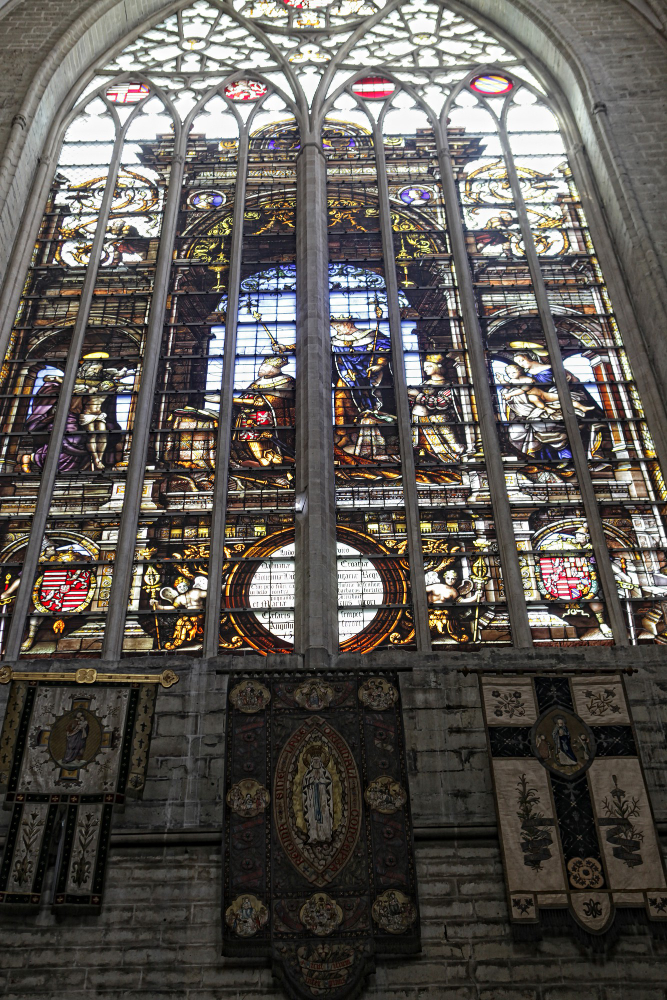

At the foot of the abbey stands the small town with a main street and a few alleys. In the town we will find 5 hotels and almost a dozen bars or restaurants, numerous souvenir or craft shops. In its interior no more than 40 people live permanently.
